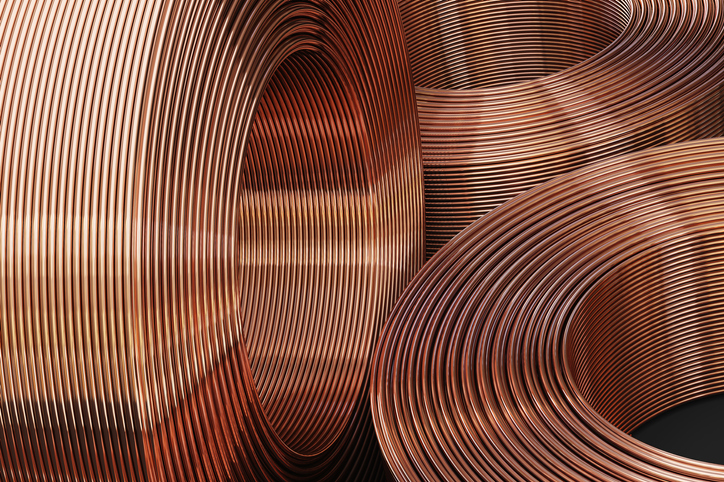Copper use is numerous and widespread. From electrical wires to copper pipe fittings, industries around the world employ this metal for their operations. Typically, copper is not the sole metal used in applications. Other metals will be alloyed with this material to provide a wide range of properties and characteristics. Silver (Ag) is an element combined with copper to improve malleability and workability. Copper may also be added to create new metals such as sterling silver.
Silver Characteristics
Like copper, silver is a soft metal in its pure state. It is even softer than copper as it has good ductility. Yet, because of its soft nature, it needs to be hardened before being used in other applications. Silver can be alloyed to copper to improve the hardness of both metals. It does not hamper the thermal or electrical conductivity of copper, as this alloy is making its way into electronics products. Silver can handle higher temperature elevations by offering greater levels of stability while also still providing corrosion resistance.
Different types of Copper/Silver Alloys
The uses of copper alloy with silver added will depend on the amount of each alloy that is added during the melt. When there is more silver than copper, 92.5% silver to 7.5% copper, this process creates sterling silver. Sterling silver is commonly used for plating and in the jewelry industries. Coin silver is another type of alloy that contains a lower purity of silver, about 90% or less, with copper added.
If low levels of copper and silver are added to 95% or more of tin, you can create tin-silver-copper alloys. This alloy is being used more often as solder in electronic applications. Many industries are looking for solder that does not contain lead in it to help the environment. Tin-silver-copper alloys are commonly referred to as PB-free alloys.
Copper and silver alloys may also be used on electrical printed circuit boards. When copper and silver are mixed with palladium, the alloying process helps to strengthen the metal at higher temperatures. This alloy may be used in applications such as electrical contacts.
Considerations with Copper and Silver Alloys
One thing that a customer needs to keep in mind when alloying silver with copper is that both metals absorb oxygen at large rates during the casting process. The absorption rate significantly increases when the temperature is raised, as silver can absorb oxygen at a rate of 22 times its actual volume.
When copper absorbs oxygen, it forms copper oxide that can darken the cast piece. So steps must be taken to eliminate oxygen from being introduced during the melt for both copper and silver alloys. If oxygen is introduced, the cast product will be porous and have internal voids which could cause the defective product to malfunction or fail during the application.

